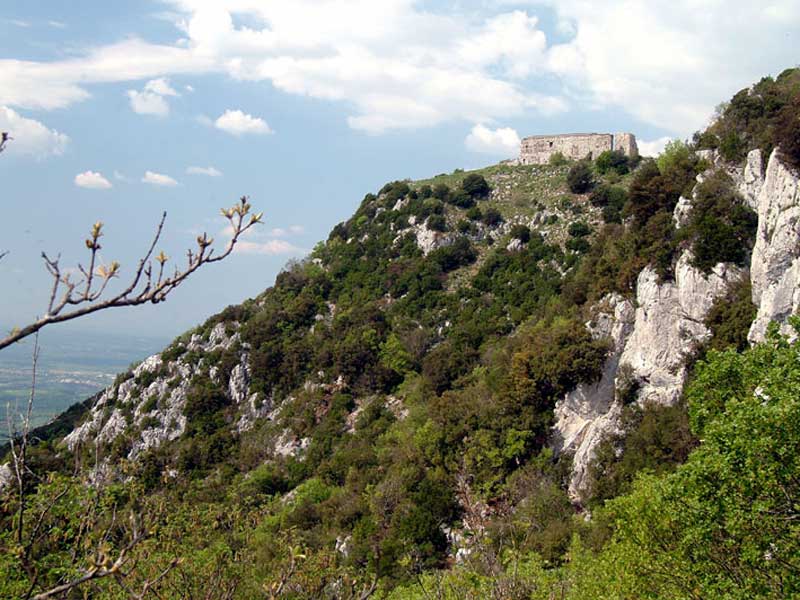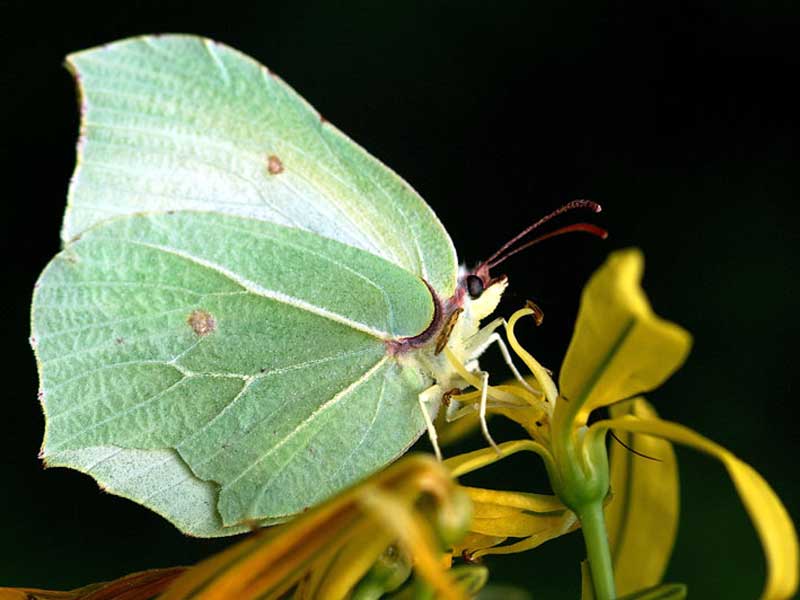Riserva Naturale Monte Soratte
www.provincia.roma.it/percorsitematici/ambienteProtected Area
Identity Card
- Land Surface Area: 444.00 ha
- Regions: Lazio
- Provinces: Roma
- Municipalities: Sant'Oreste
- Establishment Measures: LR 29 06/10/1997
- PA Official List: EUAP1037
- Park Authority: Città Metropolitana di Roma Capitale
Monte Soratte Nature Reserve
The territory of the Reserve extends for 410 hectares on the surface of
the mountain from which its name derives, standing out in the flat
landscape of the Tiber valley, between the Via Flaminia and the river,
at about 40 Km in the north of Rome. Even if the highest peak reaches
only the 691 meters, from the summit of the mountain you can enjoy a
unique view going from Mt. Terminillo to Mt. Amiata, to Bracciano Lake and to the Tyrrheanian Sea. The calcareous composition of the
rocks gives origin to karstic phenomena both on the surface and in
depth. Some cavities, like the Cave of S. Lucia, give the Reserve a
priceless value. Also the vegetation of Mt. Soratte, as well as its
geological features, is completely different from the surrounding
landscape, forming a clearly recognizable entity.
The Reserve is
interesting not only from a naturalistic point of view, but also as far
as its historical-monumental aspects are concerned, for the presence of
the route of the hermitages witnessing the religious vocation of the
site, known since ancient times as the "Holy Mountain".
Geology
Monte Soratte Nature Reserve includes all the carbonate relief of Mt. Soratte up to Mt. Piccolo in the south-east (except the settlement of Sant'Oreste), and becomes higher with very steep slopes from the plain to the right bank of the river Tiber. The mountain has an elliptical shape and is 5.5 km long, oriented NW-SE, with its highest peak of 691 meters of height.
Mt. Soratte, if it appears nowadays as a terrestrial island in the Tiber valley, in the past was a real sea island: as a matter of fact, during the Pliocene period, all the surrounding areas were invaded by the sea. As an evidence of that period, the area surrounding the mountain is characterized by sands and clays which originated from the sea deposits.
Further information (Italian text)
Natural Environment
The Soratte massif with its isolated morphology in the countryside,
well represents the huge calcareous island emerging from the Pliocene
sea lapping the slopes of Prenestini and Sabini Mountains.
The
anti-Apennine Tyrrheanian fragment represented by Cornicolani Mountains
- Mt. Soratte represents the last carbonate stretch of that large
portion of Lazio known in the geographical literature as "Tuscia
Romana".
The area is characterized by important hypogeal karstic
phenomena which have been locally called "meri", created during the
geological formation of the "Calcare Massiccio" of the Triassic Age
(about 200 million years ago).
Flora and Vegetation
The vegetation covering this mountain varies according to the composition of the substratum and of the different exposures. Wood and scrub formations dominate. On the cooler north-western slope you can admire woods locally dominated by deciduous trees like the Hop Hornbeam (Ostrya carpinifolia), the Flowering Ash (Fraxinus ornus), and the Montpellier Maple (Acer monspessulanus) mixed with evergreen species like the Holm oak (Quercus ilex); on the slope exposed to the south-east there is a thermophilic undergrowth similar to the Mediterranean maquis with holm oak, Montpelier Maple, Terebinth (Pistacia terebinthus), Phyllirea (Phyllirea latifoglia) characterizing a rare kind of vegetable community which has been described for the first time on Mt. Soratte.
Further information (Italian text)
Fauna
The mountain complex and the wood environment of Mt. Soratte still house different animal species. Among the mammals present in the area, there are the fox, the squirrel, and the dormouse. Among the insectivorous animals there are the hedgehog, the mole, and several species of shrewmice. The forests are characterized by a rich permanent and migratory avifauna. Among the birds of prey, the buzzard, the kestrel, the tawny owl, the owl, the green woodpecker, and the greater spotted woodpecker, and many species of passerines.
Further information (Italian text)
Archaeology and History
The religious vocation of Soratte is known since ancient times, when the mountain became the worship place par excellence of the pre-Roman populations (Sabine, Capenati, Falisci, Etruscan people). This peculiarity went on during the Roman age (worship of Soranus Apollo) and in the Middle Ages, when Soratte became the seat of the Monastery of S. Silvestro, where you can admire votive frescoes. From the 15th century onwards, a series of hermitages flourished: they are still quite well-preserved.
Further information (Italian text)







